Professor Ian Harper has warned that clogged planning systems and roads is destroying Australia’s productivity and lowering living standards:
Ian Harper, the chairman of the 2015 competition review, said existing zoning and planning laws could frustrate builders and entrepreneurs as they tried to expand in a post-COVID world while existing road charging would see them wasting time on clogged roads…
“We don’t want planning and building rules developed in a pre-COVID world to restrict what’s possible in a post-COVID world.”
He also said new road pricing, for example, would help bust congestion…
“The last thing we need is people losing hours on congested roads,” he said.
Obviously, the primary reason why the planning system and roads are clogged is because of Australia’s mass immigration program, which has flooded the major cities with more people than infrastructure and housing can digest:
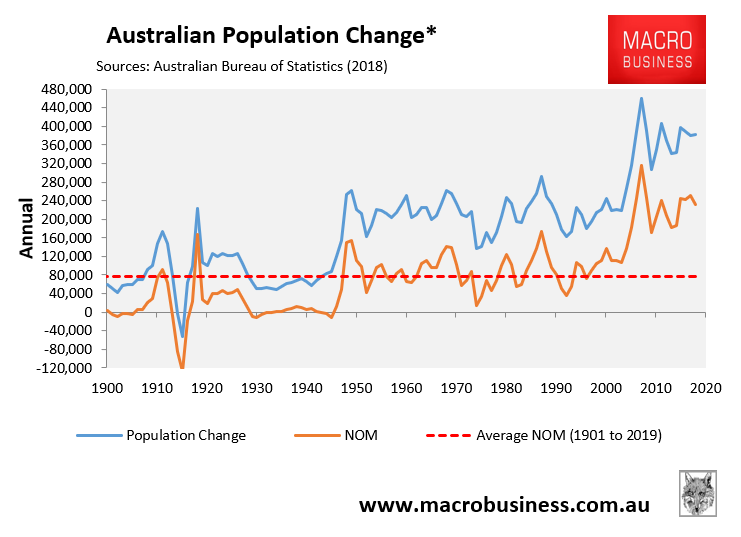
Moreover, the ABS projects that Australia’s population will balloon to nearly 43 million by 2066, 17.5 million above what would occur under zero net overseas migration (NOM):
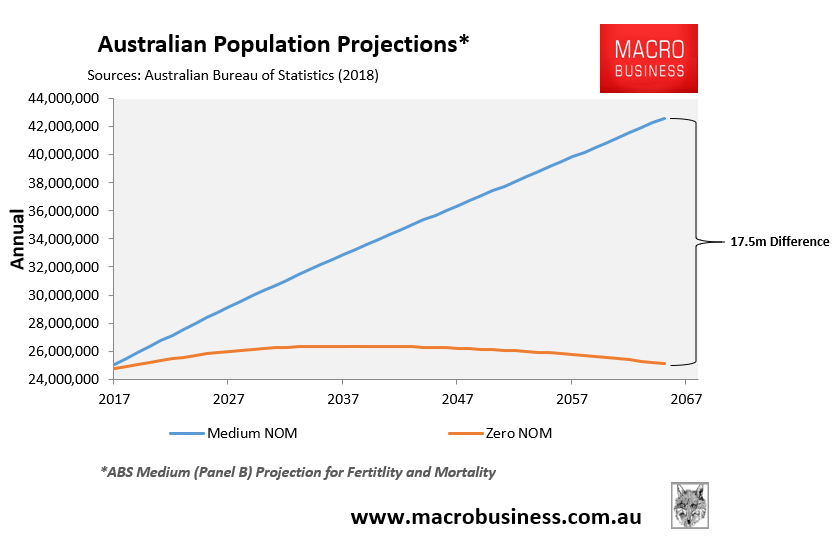
This mass immigration policy is also projected by Infrastructure Australia to send traffic congestion soaring, greatly slowing commute times:
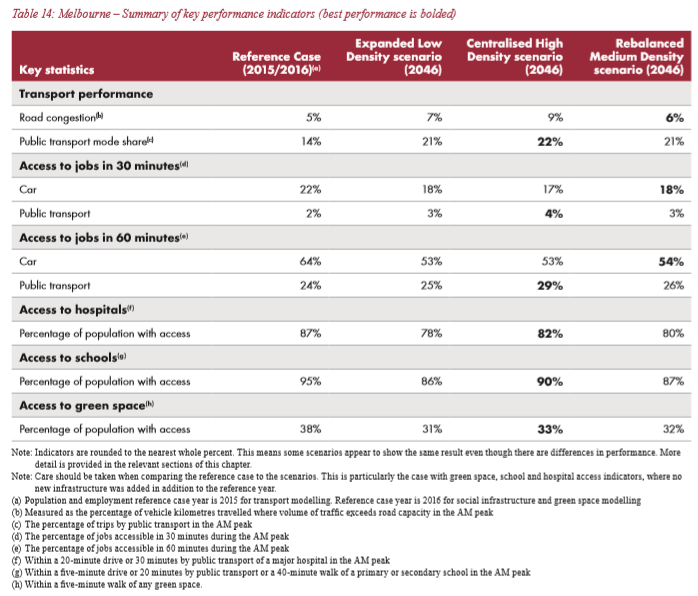
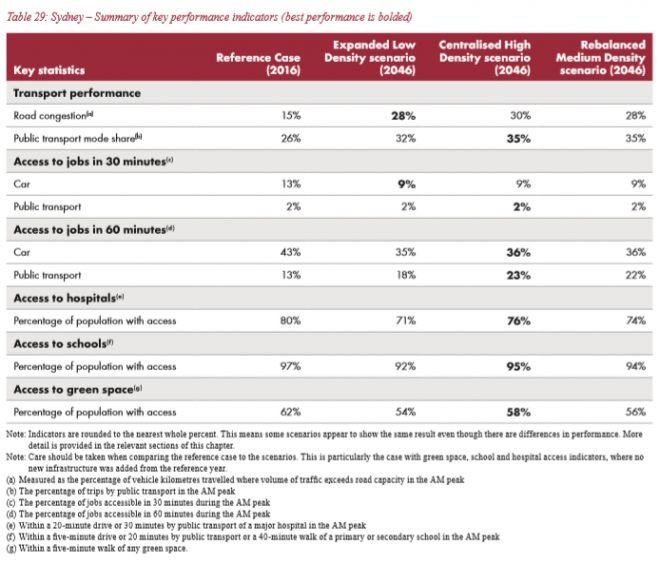
So basically, Ian Harper has tacitly admitted that mass immigration is wrecking Australia’s productivity.
Why then has Ian Harper been such a strong advocate of mass immigration and a ‘Big Australia’?
Let’s take a walk down memory lane.
In 2018, Harper, spruiked the riches that supposedly come from mass immigration:
The Productivity Commission’s five-yearly review noted that 80 per cent of Australia’s output is produced in cities, and half of that comes from Sydney and Melbourne… As the cities grow, they will deliver more and better jobs and business opportunities, including in regional areas that service them…
None of Melbourne’s growth has been driven by extracting resources from the ground. It has been driven by the type of knowledge-intensive service industries that also are concentrated in Sydney. These industries have led to a self-referential, virtuous circle — people come because there are jobs, and there are jobs because they come.
Shortly afterwards, Harper followed-up with more ‘Big Australia’ drivel:
Speaking at the Melbourne Institute/The Australian Economic and Social Outlook Conference, Mr Harper said raising productivity, with a key focus on making cities accessible and liveable, was how to achieve the “holy grail” of economic policy of both growth and equity.
“Migration of course is right at front and centre here. We benefit an enormous amount from migration,” he said…
“The bulk of Australia’s growth is being driven by services….in our great cities,” he said, noting that 80 per cent of economic output is produced by cities.
In 2019, Harper attacked ‘NIMBYs’ opposing high density across our cities’ suburbs:
Reserve Bank board member Ian Harper threw his lot in with the Grattan Institute think tank and urban planners the country over, saying that tackling “nimbyism” was a key ingredient of making Australia’s fast-growing cities work more productively…
“If you make our places better places to live and work and grow, by tackling congestion, by tackling nimbyism and all the other things that get in the way of making our cities grow and become productive, indirectly what you’re doing is boosting our social capital by building community,” he said…
“We’re social creatures. We live together. We work together. We spur one another on to greater heights,” he said.
This is daft closed economy thinking by Harper. The world has 7.7 billion people. We don’t need to import them to sell to them.
What he is effectively doing here is seeking to treat the symptoms (e.g. congestion taxes via road pricing) while ignoring the cause (mass immigration).
Harper’s approach is akin to a doctor telling a diabetic to eat more sugar and then try to negate the negative impacts by injecting more insulin.
Lowering immigration would unambiguously reduce one of the major drags on Australia’s productivity: rising infrastructure bottlenecks and congestion. It would also lower the Australian dollar (other things equal), rebalancing the economy away from ponzi growth towards productive tradeable growth. It would help to lift wages. And it would improve Australia’s current account, since Australia would import far less and the nation’s mineral wealth (and exports) would be shared among less people:
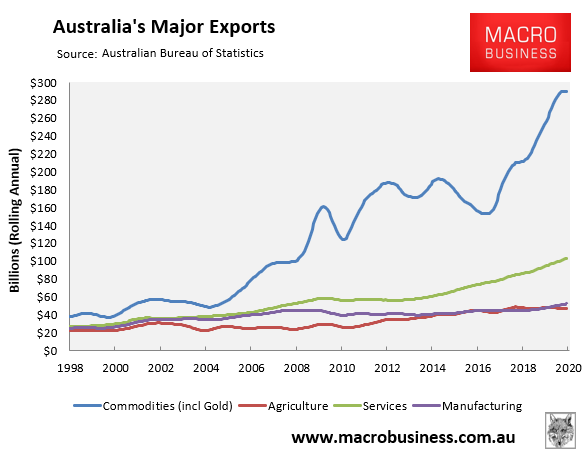
On the last point – the current account – notice below how “our great cities” of Sydney an Melbourne have driven gigantic trade deficits?
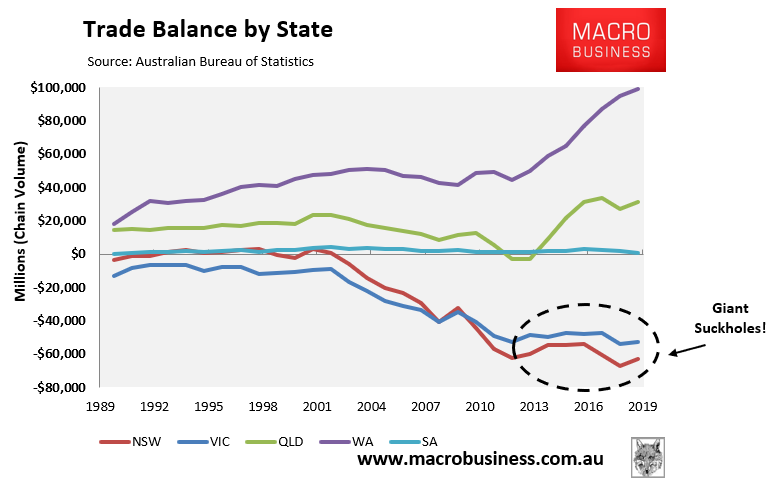
Basically, all the extra migrants that have flooded into these two cities have barely lifted exports, since these cities don’t actually produce much that is tradeable. By contrast, imports have skyrocketed via more purchases of consumer goods like flat screen TVs, cars, furniture, etc. These net imports must be paid for, either by increasing the nation’s debt or via selling-off the nation’s assets. We’ve been doing both.
The truth is that Harper’s mass immigration promotes ‘dumb’ growth, concentrated in urbanisation and household debt, and associated sectors benefit (think Highrise Harry and Gerry Harvey). This has its limits, as we are already seeing in debt stress everywhere and declining liveability, as it benefits the few over the many, increasing inequality.
But it’s not the preferred model of growth. Far from it. Productivity enhancement and competitiveness are a better model over the long run as they lower debt while boosting incomes per capita, are more meritocratic, and would send the 40% of the economy that is tradeable into overdrive.
The Australian economy would be far better off in the medium and long term with far lower levels of immigration, as would living standards.

